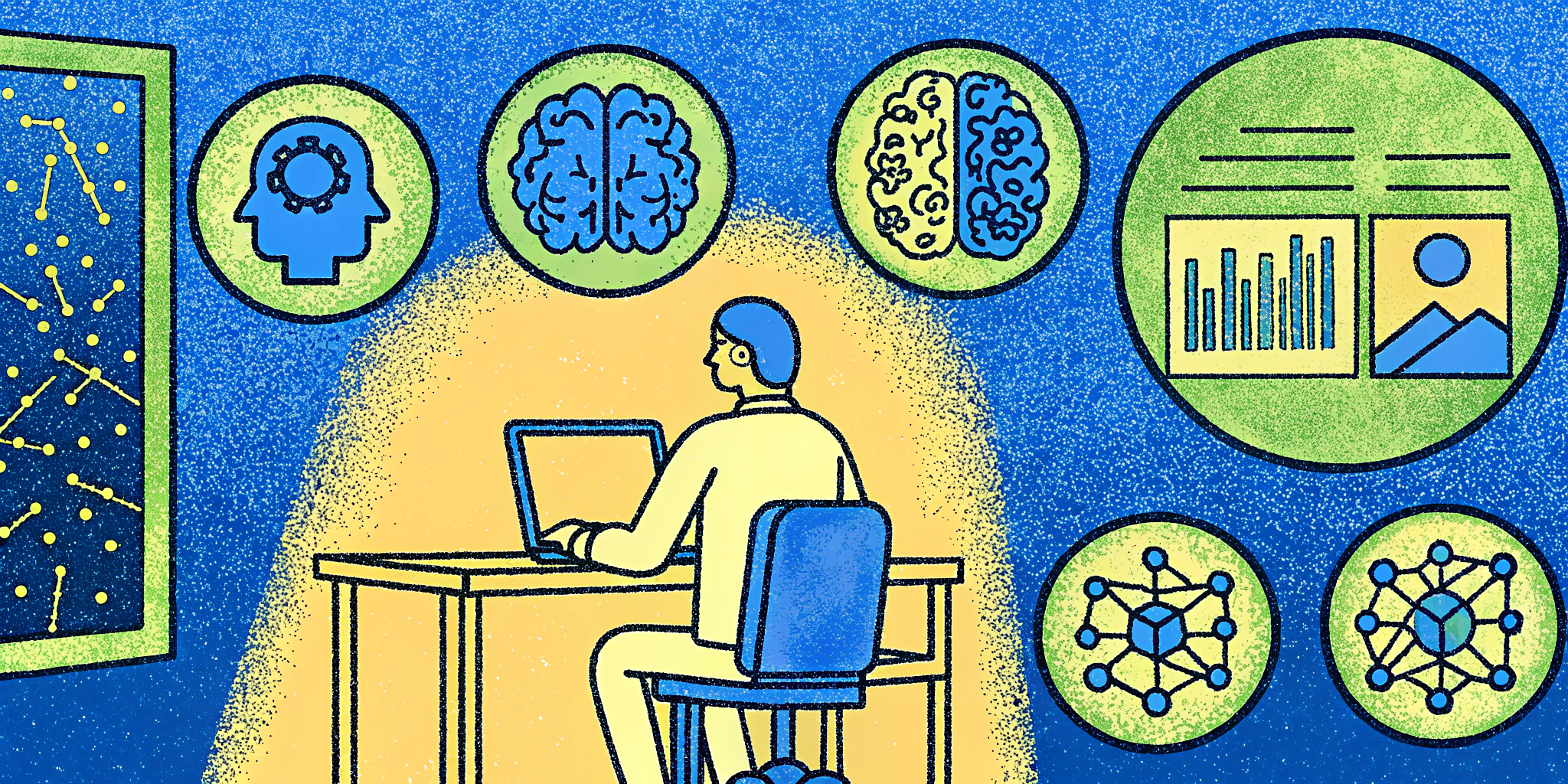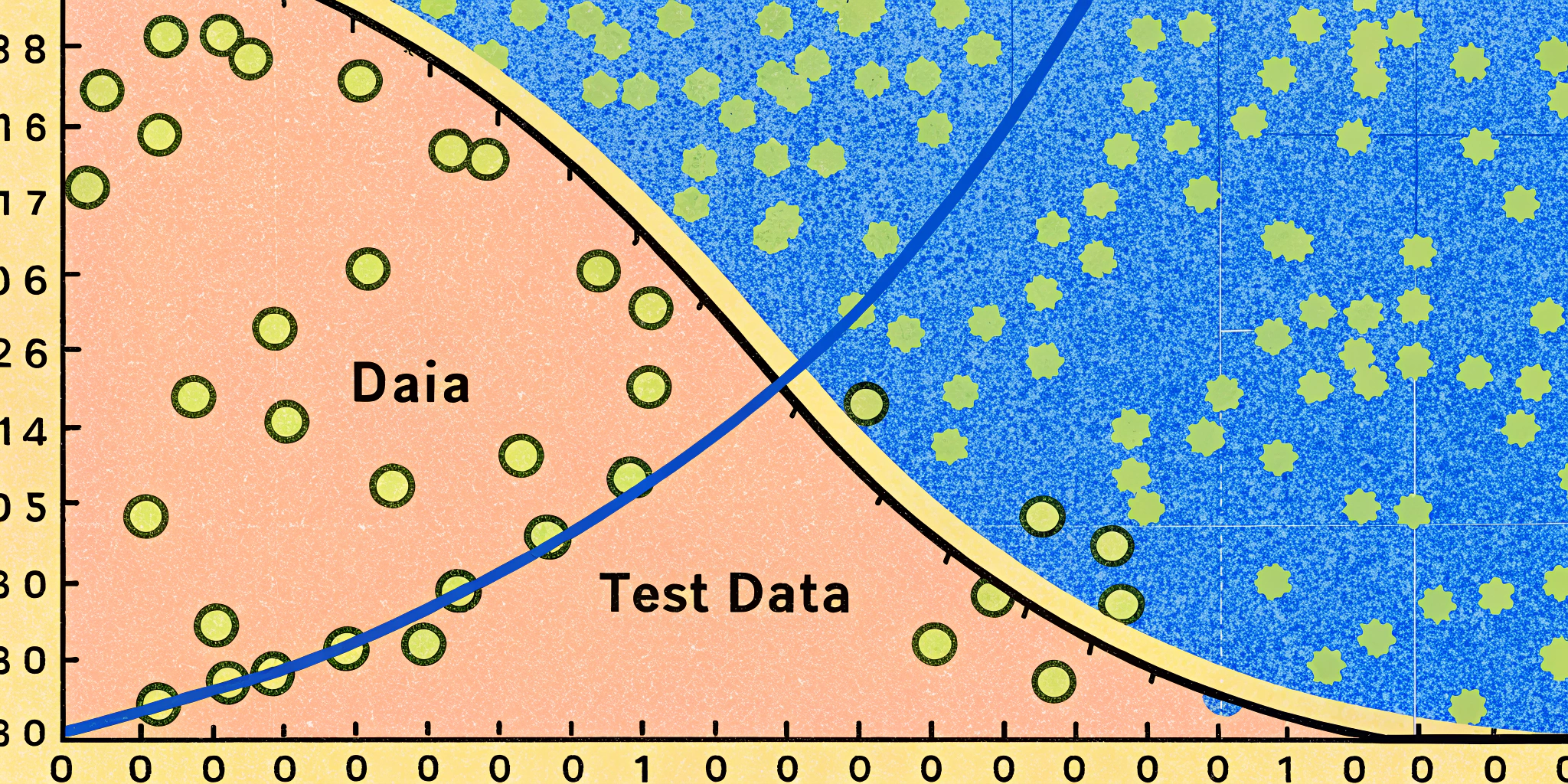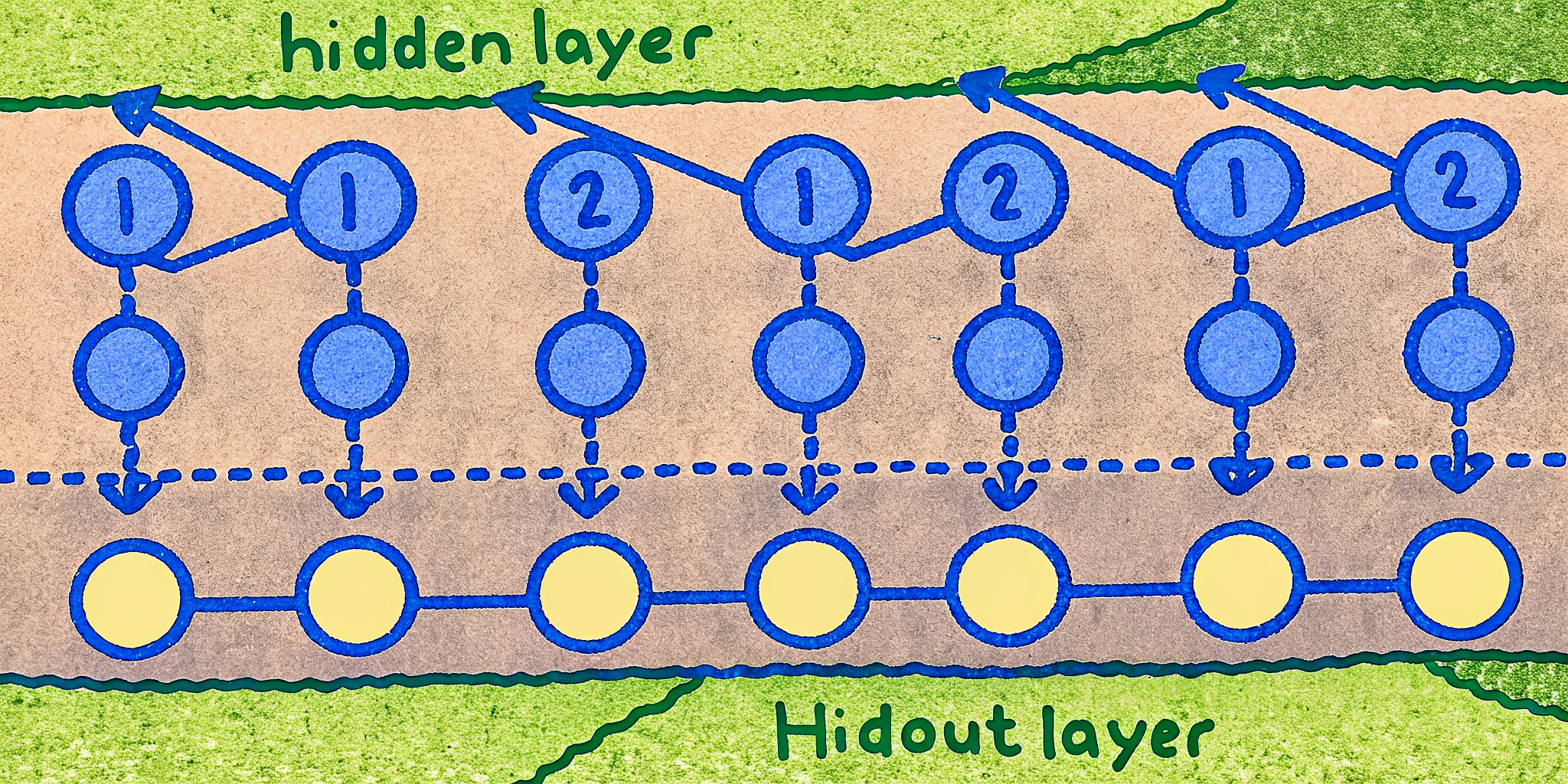Hi, I’m Emily Carter, a Machine Learning Engineer with 7+ years of experience in the tech industry. I’ve been on both sides of the interview table countless times, so I know exactly what it takes to ace your next AI and Machine Learning interview. In this blog, I’ll share 30 essential interview questions and answers, thoughtfully categorized into beginner, intermediate, and advanced levels, to help you prepare for 2024 and beyond.
Snippet: Preparing for machine learning interviews in 2024? In this blog, we’ve compiled 30 must-know AI interview questions and answers to help you confidently tackle your next interview. Whether you’re a beginner or an expert, this guide has something for everyone.
Transition: Let’s dive in and explore these questions, complete with explanations and real-world examples. And hey, if you want to simulate your interviews and get expert feedback, don’t forget to check out Ninjafy AI, the ultimate AI interview copilot.
Beginner-Level AI Interview Questions
1. What is Machine Learning?
Machine Learning (ML) is a subset of artificial intelligence (AI) that enables computers to learn and make decisions without explicit programming. Instead, ML models learn patterns from data to make predictions.
Example:
Think of Netflix’s recommendation system. It learns your viewing habits and recommends shows or movies based on your preferences.
2. What are the Types of Machine Learning?
The three main types of machine learning are:
- Supervised Learning: Uses labeled data (e.g., predicting house prices based on square footage).
- Unsupervised Learning: Works with unlabeled data to find patterns (e.g., customer segmentation).
- Reinforcement Learning: An agent learns by interacting with its environment (e.g., self-driving cars).
| Type | Real-World Example |
|---|---|
| Supervised Learning | Spam email detection |
| Unsupervised Learning | Grouping customers for marketing |
| Reinforcement Learning | AlphaGo beating professional Go players |
3. What is Overfitting?
Overfitting happens when a model performs well on training data but poorly on unseen data. It’s like memorizing answers for a test rather than understanding the material.
Solution: Use techniques like cross-validation, adding regularization, or reducing model complexity.
Intermediate-Level AI Interview Questions
4. What is Regularization?
Regularization adds a penalty to the model’s complexity to prevent overfitting. Two common methods are:
- L1 Regularization (Lasso): Shrinks coefficients to zero, effectively performing feature selection.
- L2 Regularization (Ridge): Penalizes large coefficients but doesn’t shrink them to zero.
| Regularization Type | Formula | Use Case | ||
|---|---|---|---|---|
| L1 (Lasso) | ( sum | w | ) | Sparse models with fewer features |
| L2 (Ridge) | ( sum w^2 ) | Models requiring all features |
5. What is the Bias-Variance Tradeoff?
The bias-variance tradeoff is about finding the right balance between underfitting and overfitting:
- High Bias: Model is too simple (underfitting).
- High Variance: Model is too complex (overfitting).
Pro Tip: Use cross-validation to find the sweet spot.
6. What is a ROC Curve?
A Receiver Operating Characteristic (ROC) Curve evaluates a classifier’s performance at various thresholds. It plots:
- True Positive Rate (TPR) vs. False Positive Rate (FPR).
Key Metric: The Area Under the Curve (AUC). A higher AUC indicates a better model.
Advanced-Level AI Interview Questions
7. What is a Neural Network?
A neural network mimics the structure of the human brain to process data. It consists of:
- Input Layer: Features from the dataset.
- Hidden Layers: Layers of computation.
- Output Layer: Final predictions.
8. What are Generative Adversarial Networks (GANs)?
GANs consist of two networks:
- Generator: Creates fake data.
- Discriminator: Distinguishes between real and fake data.
Example: GANs are used in creating realistic images, such as turning sketches into photorealistic pictures.
9. What is Transfer Learning?
Transfer learning uses a pre-trained model for a new, related task. It’s particularly useful when the new dataset is small.
Example: Using a pre-trained ResNet model for a medical imaging project.
Pro Tips for Cracking Interviews with AI
- Practice Mock Interviews: Use Ninjafy AI to simulate real-time interviews. It offers tailored feedback based on your resume and job role.
- Leverage AI Tools: Tools like Ninjafy AI can provide real-time assistance during live interviews, ensuring you answer confidently and accurately.
- Focus on Fundamentals: Most interviews test your understanding of core concepts like overfitting, regularization, and neural networks.
Conclusion: Be Interview-Ready for 2024
Preparing for machine learning interviews doesn’t have to be intimidating. By mastering these 30 questions and leveraging AI tools like Ninjafy AI, you can set yourself apart and secure your dream job. Remember, practice makes perfect—so start today and ace those interviews!




